Personality and Temperament
Striking looks and a warm personality help the Norwegian Forest Cat stand out from the crowd. This exquisite long-haired cat breed is an ancient one, with ample intelligence, fantastic social skills, and an appreciation for all of life's comforts.
Even though the Norwegian Forest Cat comes from a cold climate, these cats love to keep warm. They appreciate an indoor lifestyle with plenty of soft, comfortable surfaces to accommodate frequent naps. They also have an appreciation for their human families, but affection takes place on their terms rather than yours.
The Norwegian Forest Cat might decide to cuddle up in your lap or sleep on your pillow, but doesn't typically enjoy being picked up or held when it's not the cat's idea.
Despite the breed’s reputation for having quite an independent streak, Norwegian Forest Cats are loyal to their favorite people and are perfectly capable of making friends with other pets, including well behaved dogs and other friendly cats.
If you see similarities between the Norwegian Forest Cat and the Maine Coon, you’re not imagining things!
The two breeds do have quite a bit in common, including large stature, ultra-thick fur, and exceptional hunting prowess. Some experts believe that Norwegian Forest Cats might be one of the breeds that contributed to the development of the Maine Coon (which, like the Norwegian Forest Cat, is a natural breed).
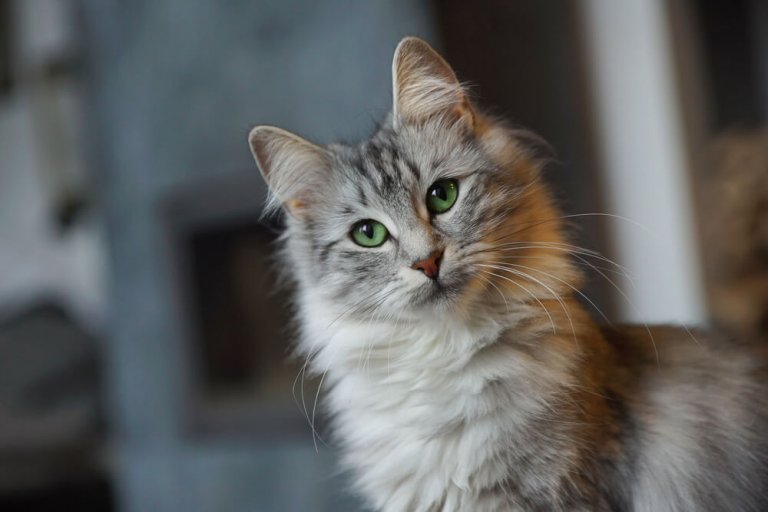
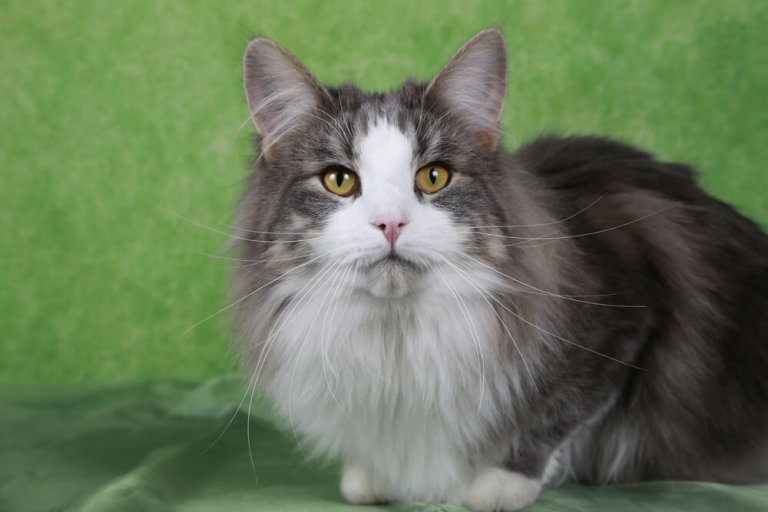
Care
Nutrition
Grooming
Exercise
Health
As a relatively large breed, the Norwegian Forest Cat might require more calories per day then the average cat, especially if they are very active. These cats need a high-quality diet and will thrive on high-protein food with real meat or fish as the primary ingredient.
If you are able to offer fresh food, your Norwegian Forest Cat will certainly appreciate it. At any rate, consider choosing food that contains extra omega fatty acids to support your pet's skin and keep their coat looking and feeling its best.
The Norwegian Forest Cat has a very thick double coat, but it requires far less frequent grooming than you might think. Weekly brushing or combing is usually sufficient to prevent mats and keep the luxurious coat looking its very best.
Additional grooming routines to consider include regular nail trimming and daily toothbrushing. Both should be introduced from a young age.
The Norwegian Forest Cat might be very fond of lounging, but this doesn't mean that it's a complete couch potato. These big, fluffy cats are athletes at heart, with a fondness for running, jumping, and climbing.
They have the unique ability to descend from their cat tree headfirst, and their size allows them to clear several feet in a single leap. Appropriate enrichment items are essential including tall cat trees, big scratching posts, and an abundance of toys.
Norwegian Forest Cats typically enjoy excellent health and are known for their longevity. It is not unusual for one of these cats to live well beyond 15 years. Even so, the Norwegian Forest Cat breed is prone to a few known health issues.
Although these don't occur often, it's important to be aware of their existence. Potential problems include glycogen storage disease type IV, which can be detected in parents via a DNA test. Glycogen storage disease type IV often causes kittens to be stillborn or survive for less than six months.
Norwegian Forest Cats might also suffer from polycystic kidney disease and hypertrophic cardiomyopathy.
History
The Norwegian Forest Cat is a natural breed, meaning that it developed over time without intentional intervention or human manipulation. The Norwegian Forest Cat—called skogkatt in Norwegian—was brought to Norway hundreds or perhaps even thousands of years ago. No one knows for certain whether they accompanied Turkish traders or if they were brought back by Viking raiders. What we do know is that Norwegian Forest Cats have an intriguing place in Norse mythology. For example, the giant cats that pulled the goddess Freya’s chariot were said to be skogkatts.
In 1938, a Norwegian Forest Cat was presented at a cat show. Shortly afterward, enthusiasts came together to form the Norwegian Forest Cat Club.
Like many other breeds, the Norwegian Forest Cat nearly became extinct during World War II. After the war however, members of the club came together to revive the breed and propel it back toward popularity.
Fédération Internationale Féline (FIFe) granted the breed official recognition in 1977. It took another 10 years for the Cat Fanciers' Association (CFA) to recognize the breed. CFA granted Norwegian Forest Cats full championship status in 1993. Today, major registries worldwide have accepted the breed with open arms.
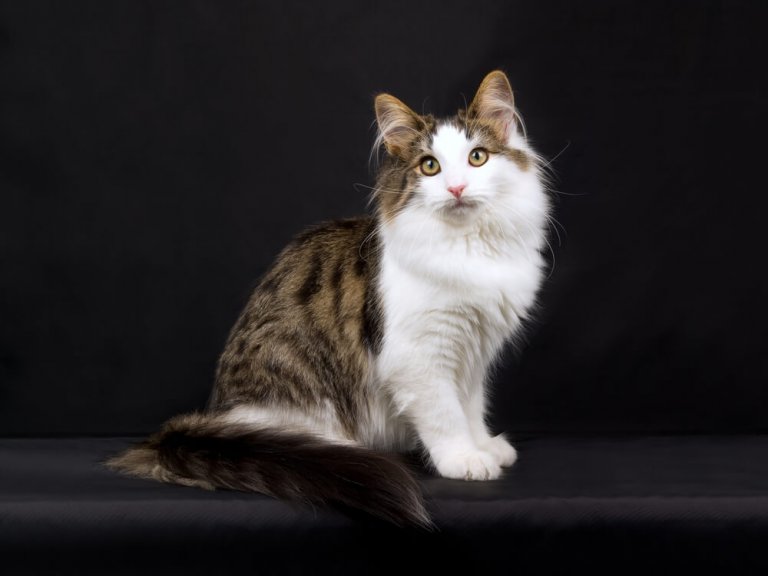
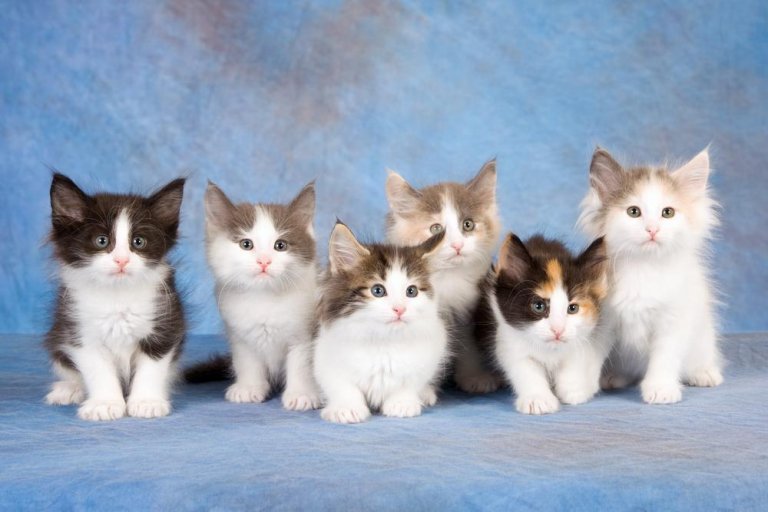
Eyes
Legs & Paws
Tail
The Breed Standard
Body
Head
Ears
Coat
Color
Frequently Asked Questions
How much does a Norwegian Forest Cat cost?
A pet-quality Norwegian Forest Cat kitten typically cost between $1,800 and $2,000.
How big do Norwegian Forest Cats get?
The Norwegian Forest Cat is moderately long and sturdily built, with substantial bone structure. Males weigh on average between 12 and 18 pounds. Females tend to be smaller, averaging 8 to 12 pounds.
How long do Norwegian Forest Cats live?
The average life span for a Norwegian Forest Cat is 13 to 16 years, but some have been known to live to be 20 years old.
Do Norwegian Forest Cats shed?
The Norwegian Forest Cat’s thick double coat shed less than you might expect for such a fluffy cat. Weekly brushing can remove loose hair to reduce shedding in the house. In the springtime, Norwegian Forest Cats lose much of their undercoat in preparation for the warmer summer months. During this time, shedding is generally heavier; daily brushing can help move the process along.
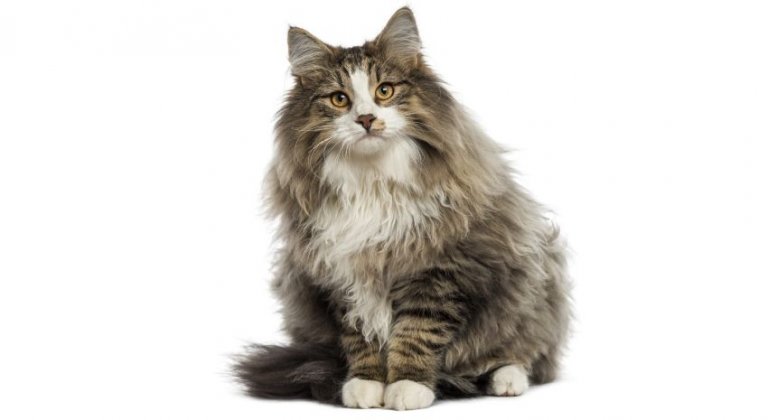
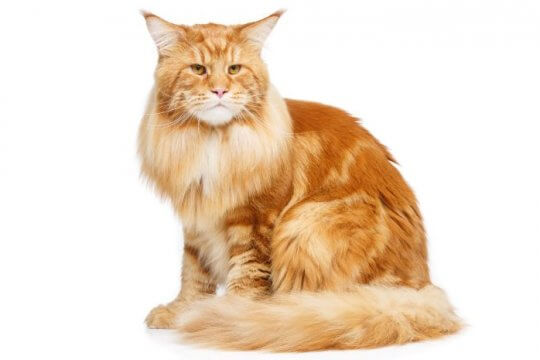



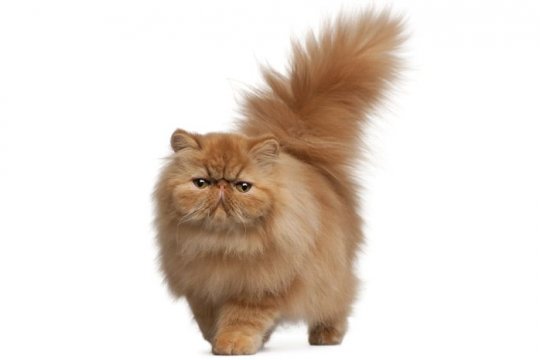
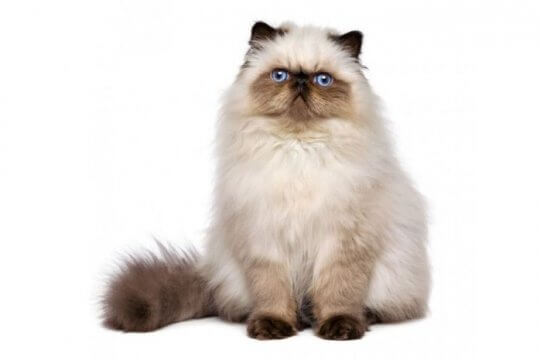
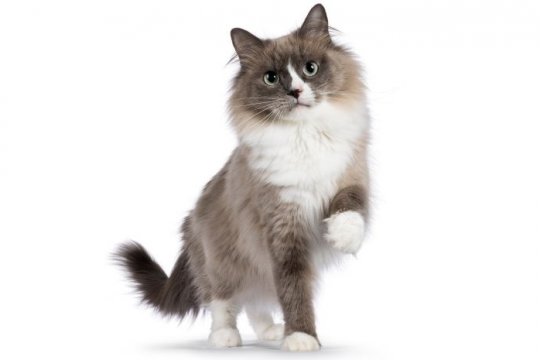

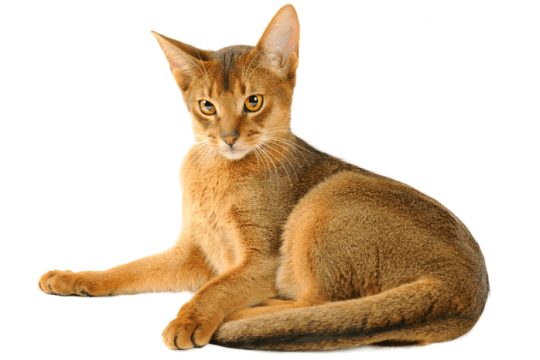
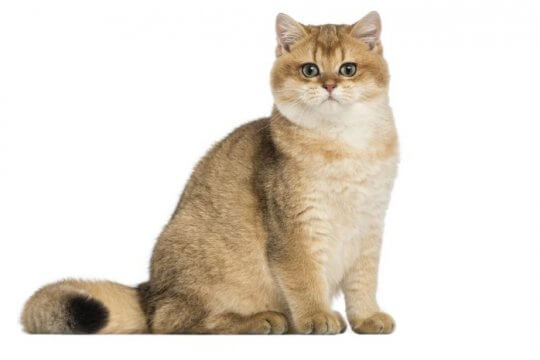

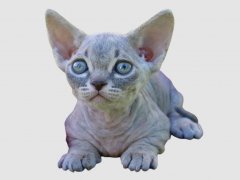
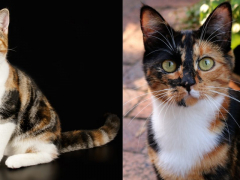
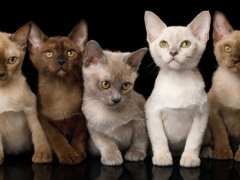
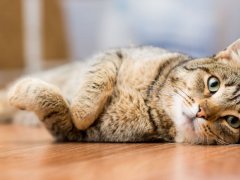
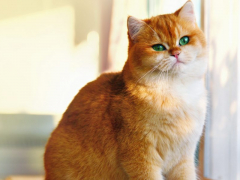



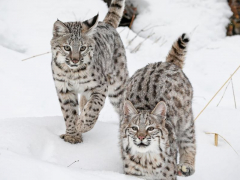

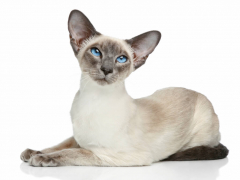
I have a wegie her name is Hanna, what flea stuff do I use
Use the same flea products and medications you’d use for a cat of any other breed! Here’s a link to our guide to the safest and most effective products you can buy.
Very talkative and friendly
OMG I would love one of these. Are there breaders in the US?
Yes, there are! Here’s a nice directory for you.
I have a kitty that is this. He’s so playful and loveable. For the longest I thought he was part Maine coon. He’s such a wonderful addition to the our family. He’s great with kids. I will say, he is a large breed so don’t put food or things low because he will get it by standing on his hind legs lol. Also be prepared for a hefty food bill. They, well at least mine, eats a lot. By 3 months he was larger than my 10 year old silver british tabby. I would fill the cat dish 2 times a day where before I got him I could go 3 days without refilling it. He loves meat and has very natural hunting instincts. I hope you got one because they are wonderful!
P.s this article is spot on from looks to how they act
I found my wedgie abandoned in my parking lot 4 yrs. ago! Had no idea what breed she was til I took her to the Vet. Needless to say, I was thrilled to hear that! She is the most AWESOME cat I’ve ever rescued! And checking into her breed was so helpful in raising her as she was about 1 -1/2 yrs. old when I found her. Couldn’t believe someone just dumped her…I actually saw the girl that did it as she lived across the street and told me she had to get rid of it because it was eating her canaries …well DUH!! I tried to say nicely to her that cats and birds really don’t go together inside!! Hey, her loss, my GOLD as I say! I would recommend this breed to anyone that can afford one; well worth the money even tho’ I got my girl FREE!
Thanks for sharing, Pam!
Ours was found abandoned in an empty alley brick building. He’d been hurt. We took him in and nursed him back to health. He was about a year old. Our vet found no chip and so we kept him. He is an absolutely wonderful cat. He does not meow, but squeaks. It is an endearing sound. We imagine he may have been injured and that caused it. He is now three and BIG! He’s just as they are described on this page about them.
My Wegie is a sweet, loving, intelligent 9 year old male. He is huge and makes his presence known with his loud meowing; it almost sounds like he is saying hello. I often find him sitting in an upright position grooming himself or laying on his back. He snores lol
He is shy around strangers, he doesn’t like loud noises or sudden movements.
I love my Wegie, he is the best cat I’ve owned
.We first found our Orange Tabby cat that we were told it was a Maine Coon and for the first 10 years we have grown to love this huge loveable Cat. One of the characteristics was he was dog like in his actions and playfulness. He will “growl” at someone coming to the door, then run and hide as we open the door. He likes to play “fetch” and is very dog like in so many ways and has all the characteristics of a Maine Coon, until we saw the Norwegian Forest Cat. I know that is his breed as it is him exactly so he is not a Maine Coon but a Wegie. one problem we are having is he keep defecating on the carpet. He will go in his box but sometimes will step out and drop it on the carpet, His box is clean when this happens as we have been wanting to try and correct this but to no avail. Does anyone have any suggestions? We keep his box clean and emptied to not encourage anything or anywhere else. He is a house only cat …. HELP
Hey James, that’s a good question. It sounds like your cat might have some constipation causing his poops to stay “in” rather than coming out all the way while he’s still in the litter box. You might find some helpful information in our article on the best cat food for constipation.
Try standing with your back toward the litter box facing away from the cat in the box. Stand tall and be quiet. When your cat is done doing it’s business, slowly walk away. Do this frequently and this will give your cat confidence that you really do love and protect it. And always keep box clean daily in fact multiple cleans a day if possible. Cats read that as a very loving thing.
Best cat I’ve ever had. very affectionate and sweet but for some reason will not sit in your lap. Just as well, she weighs a ton!
I lived on a small forested lake in Michigan, and occasionally fed the forest wild cats. I was developing a playful relationship with one of the Spring forest kittens when I noticed a fisherman’s Treble hook stuck in her mouth and gums. I figured she was hungry and smelled the bait left on the ifshing poles. After the Vet removed the lure and ‘fixed’ him, he came to live with my other cat. Little did I know this new addition to my cat family was a Norwegian forest cat. Amazing! He is loving, playful, attentive, and understands Basic Cat English 🙂 A beautiful and sweet addition to our Family.
I got Jinx at Pet Welfare on Eglin AFB for $100, which covered neutering, shots, chip, and a full exam by a vet. Back then, everyone thought he was a DSH. That didn’t last very long. 🙂 From the day I got him he’s been the most loving cat. He loves using one or both of my legs as pillows, and sleeps between them at night. Their reputation as gentle giants is well deserved. Jinx will finally be an adult in 7 months when he’ll be 5 y/o.
If you can afford them (or get lucky like I did), don’t hesitate. But be prepared for a LOT of sweeping, as Wegies shed more in one day than most cats do in a week.
I had to run DNA on my tom cat I received a report stating he has Norwegian Siberian Mane Coon etc he is 26 lbs but very affectionate SPECIAL. I love him
In the youtube wegie group, I don’t know jf they still do this (I left the group because of it), but in the past, they said that even if Jinx was 100% purebred Wegie, without papers, he is nothing. Totally insane, if you ask me. To me, if it looks exactly like a duck, plays exactly like a duck, acts exactly like a duck the rest of the time, and has ALL of the characteristics of a duck, it’s not a chicken, it’s a duck. 🙂
My roommate rescued and adopted one of these guys a few months ago when he saw him starving in the road during the dead of winter. He first thought it was a Maine Coon kitten but I recognized it as a Norwegian Forest Cat as one of my friends had one that lived to 21 or 22. I do like this breed, but I do have some qualms about it too. It is a very pretty cat with it’s long hair, ear tufts, big paws, derpy face, and toe hairs. It’s also a very friendly cat. The playful nature and natural hunting instinct can be trying at times though. Basil, the name my roomie and I chose for his cat, will often playfully attack people and my cat. Him play attacking wouldn’t be so bad if his claws weren’t as sharp as daggers. My cat, an older Russian blue/DSH mix, doesn’t really like to be bothered by other cats so she’s often distressed when he play attacks her too. My friend who had one also said his would do the same thing too and that lasted for about eight or so years. So, it’s definitely a beautiful and friendly cat but you have to be patient or this cat may be too much for you.
Our Wegie loves to be swept on his back with a broom. I let him walk into the raised broom and scratch his back as he coyly walks by. He will make about 20 passes until finished. We found our golden nugget at the animal rescue. He is also a great mouser and brings me “presents” of his treasures. Thankfully this happened only once that I am aware.
We have an NFC, that came to us via abandonment when he was~12 months old. He was dumped in a state forest near us & was “rescued” by some friends who breed Huskys, & they had him “treed” in their yard on the edge of the forest.
In reading the previous posts, I’m left thinking, “what is it with people abandoning these beautiful babies?”
Anyhoo, we advertised in the hope that he may have strayed, to no avail.
He is now 8 years old, & I, like some on here, had wondered if he was part Maine Coon, until I happened on a descriptor of the NFC breed, which included a picture the was almost 100% identical to Merlin ( we find him quite magical!).
He is the most gentle of cats, & did not reach maturity until he was 5 years of age.
Merlin also likes coming along on doggy walks, as I’m sure sometimes he thinks he’s a dog.
He grew up alongside our miniature Dachshund, Lucy, & they are the best of pals.
We have 3 other cats, a Ragdoll, a Burmese & a Moggie, who was rescued from the wall cavity of a house, where her mother had accidentally (I assume) dropped her when she was a few weeks old.
So, the upshot of my tale, is that an NFC is a cat very much worth having, as they are a wonderful & gentle breed.
Peace, out.
I got mine as a kitten that was dumped with 4 other kittens. He was running in front of some kids and at first I thought it was a puppy! I had them bring him to me and get the other kittens He had seriously grown into the best cat and still is like a dog. Loves to go for walks on a leash!
My girl comes from the SPCA, where she was left by the person who found her. As she was a very young declawed cat – too young to be declawed locally before it was made illegal – found in cottage country I can only assume she wandered away or was left behind by foreign cottagers. Thinking someone must miss her terribly I advertised her a few times online, hoping to find her people when they returned the next summer, but now, two years later, I’d be heartbroken to lose her. She is the sweetest, most affectionate, most gentle animal I’ve ever lived with. Less important but worth noting; she is stunning and attracts many compliments. Just a beautiful cat in both appearance and personality.
She is playful and vocal, unfazed by water, and was quickly leash trained. She must, absolutely must, be sitting right beside her favourite person when possible but is not a lap kitty. She is friendly with everyone, including children, and does not run from strangers. In short, the ideal pet for anyone who wants a cat that integrates into the household. That said, there are a few things to consider.
If my girl is typical, this is a cat breed that produces a ton of hair, especially in spring/summer when they shed their undercoat. I have to sweep and vacuum daily or else I’ll have rolling furballs, even though she gets a daily brushing. She isn’t independent, so there’s no skipping multiple daily playtimes without her becoming demanding and vocal – this is very much a breed that needs companionship to be happy, either with people or other animals. They also have big appetites; as someone else mentioned, the bowl needs filling more often than you’d expect. NFCs love to jump and climb; if kept indoors, an extra-tall cat tree is a must – my girl makes good use of hers. There’s also a strong hunting instinct; I wouldn’t advise keeping fish, birds, or other small pets in the same home unless extra measures are taken to keep them safe. Likewise, make sure these cats can’t leap off balconies or out windows to chase wildlife.
So if you are looking for a real companion, not a kitty who is 100% self-maintaining, and have an active household where a big, beautiful cat will fit in well get yourself an NFC if the opportunity arises. They’re fun and adorable. Also, please don’t declaw your cat.
There are many of these cats in Eastern Washington State on farms, also known as farm cats. Typical farmer does not pay any additional amount of attention to farm cats since they simply provide one service and that is to help reduce rodent population. Their cats are typically not named and just go by the black cat or the gray cat. If not inside at night or even during the day their population is controlled by local Coyote population. We have two farm cats and are always kept inside at night, during the day they like to be outside with their humans if it is not raining. They are also very keen at staying safe under things when outside to stay safe from predatory birds, which like to hunt cats like rabbits.
Bro, I live in Canada- Where can I get one????? Or is it just in Europe???????????????????????????????????????????????????????????????????????????????????????????????????????????????????????????????????????????????????????????????????????????????????????????????????????????????????????????????????????????????????????????????????????????????????????????????????????????????